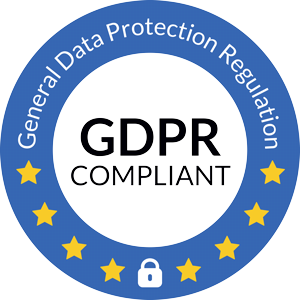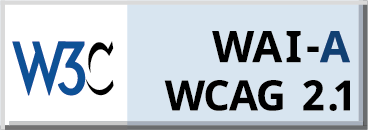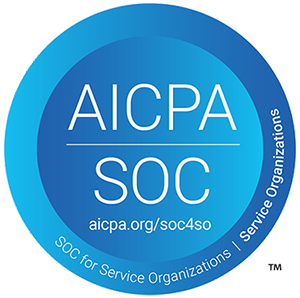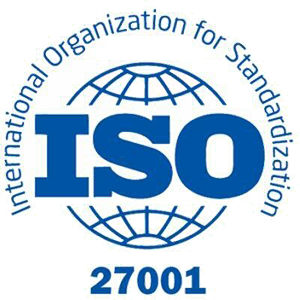What 6,000+ interviews taught us about when to schedule interviews for maximum participation
Recruiting teams often focus on the what of interviews - the job description, the interviewer panel, the assessment tools - but often overlook one subtle variable that can make or break attendance: timing.
When an interview invite lands in a candidate’s inbox, the gap between scheduling and the actual session can quietly determine whether they show up or skip it. Too short a notice, and they might struggle to prepare or adjust their calendar. Too long a wait, and interest or availability fades.
At Talview, we decided to dig deeper into this balance using real scheduling data.
The Study
We analyzed over 6,000 interviews scheduled using Intelligent Scheduler (with reminders disabled to isolate timing impact). The goal: to understand how lead time - the gap between when an interview is scheduled and when it’s held - affects attendance rates.
| Lead Time (Gap) | Total Sessions | Sessions Joined | % Joined |
| Less than 24 hours | 3,918 | 3,142 | 80.19% |
| 24 to 48 hours | 1,377 | 1,013 | 73.57% |
| 48 to 72 hours | 555 | 407 | 73.33% |
| More than 72 hours | 662 | 475 | 71.75% |
| Total | 6,512 | 5,037 | 77.36% |
The Findings: Timing Matters More Than You Think
1. Shorter Gaps, Higher Attendance (Up to a Point)
When interviews were scheduled within 24 hours, attendance was the highest, at 80%, nearly 9 percentage points higher than interviews scheduled three or more days in advance.
Why? Two possible reasons:
- Recency effect: Candidates are more likely to remember and prioritize something happening soon.
- Momentum: Recruiters who act quickly after initial engagement tend to sustain candidate enthusiasm.
This aligns with behavioral science insights — shorter cycles between touchpoints maintain motivation and perceived momentum.
However, interviews scheduled too quickly (e.g., within a few hours) may still risk no-shows due to preparation or time-zone conflicts. The sweet spot lies in giving just enough notice while maintaining urgency.
2. Longer Gaps Reduce Attendance Gradually
When lead times stretched beyond 24 hours, attendance began to taper off - dipping to 73% in the 24–72 hour range and 71% when the gap exceeded 72 hours.
Extended lead times often introduce friction:
- Calendar fatigue: The longer the wait, the higher the chance of schedule clashes or dropouts.
- Cognitive de-prioritization: Candidates may mentally “move on” or focus on other opportunities.
- External competition: Top candidates are likely to have multiple parallel processes.
This gradual decline suggests that the longer the waiting period, the greater the need for active engagement (via reminders, follow-ups, or prep content).
3. The Ideal Scheduling Window: 12–36 Hours
Based on the analysis, interviews scheduled roughly 12 to 36 hours in advance achieved the best balance between preparedness and attendance.
- <12 hours: Risk of unavailability or rushed participation.
- 12–36 hours: Highest join rates; enough time for candidates to prepare without disengaging.
- >48 hours: Declining participation unless reinforced with reminders or pre-interview communication.
This window matches how most candidates behave in fast-moving recruitment pipelines - they’re willing to act quickly when communication is clear and context is fresh.
The Behavioral Science Behind It
Beyond the numbers, timing influences attendance through well-studied psychological principles:
- Temporal Discounting: The further away an event feels, the lower its perceived importance.
- Attention Decay: Human attention and intent degrade over time without reinforcement.
- Commitment Reinforcement: Proximity to the event increases accountability - it “feels real.”
In short, keeping the interval between scheduling and interviewing tight - but realistic - leverages these behavioral dynamics in your favor.
How Intelligent Scheduler Can Help
The Intelligent Scheduler was designed with this insight in mind - combining automation, context-awareness, and intelligent nudges to improve attendance without adding recruiter workload.
Key Capabilities:
- Dynamic Availability Matching: Automatically identifies the earliest mutually available slots for candidates and interviewers.
- Smart Reminder Triggers: Sends reminders at optimal intervals (e.g., 24 and 1 hour before) to reinforce participation.
- Timezone Intelligence: Ensures invitations and reminders respect local time zones to avoid confusion.
- Real-Time Rescheduling: Handles last-minute conflicts smoothly without losing momentum.
By continuously learning from join rates and time patterns, Intelligent Scheduler helps teams move closer to the “ideal timing zone” for each geography, role, and candidate type.
Recommendations for Recruiters
Here are a few actionable tips drawn from our analysis and customer practices:
| Scenario | Recommended Scheduling Window | Engagement Tips |
| High-volume roles (early career, customer support) | 12–24 hours | Maintain momentum and minimize drop-offs with short turnaround. |
| Technical or assessment-heavy roles | 24–36 hours | Allow candidates prep time; follow up with reminders and instructions. |
| Senior or multi-round interviews | 48 hours | Keep candidates warm with confirmation or context emails. |
| Cross-time-zone interviews | 24–48 hours | Factor in local time differences and candidate availability windows. |
Remember: the goal isn’t just to schedule interviews - it’s to ensure they happen.
The ROI of Better Timing
Even small percentage gains in attendance can have an outsized impact:
- Fewer reschedules: Reducing no-shows by just 10% can save recruiters hours per week.
- Faster hiring cycles: More completed interviews mean faster decisions.
- Improved candidate experience: Candidates appreciate efficiency and respect for their time.
In aggregate, optimizing interview timing compounds across every role, recruiter, and candidate touchpoint — turning scheduling from a friction point into a differentiator.
What’s Next
We’re continuing to expand the Intelligent Scheduler’s capabilities to make interview logistics as seamless as possible, including:
- AI-driven timing recommendations based on role type and geography.
- Integrated communication nudges across email, SMS, and WhatsApp.
- Behavioral insights dashboards to show how timing, reminders, and interview formats influence attendance.
Key Takeaway
The data is clear: timing is a science, not guesswork.
Scheduling interviews too far out increases drop-offs, while tighter, well-communicated timelines maximize attendance and keep hiring momentum strong.
Recruiters who master this balance - supported by tools like Talview’s Intelligent Scheduler - can shorten hiring cycles, enhance candidate experience, and improve overall efficiency.
.jpg)






Leave a Reply